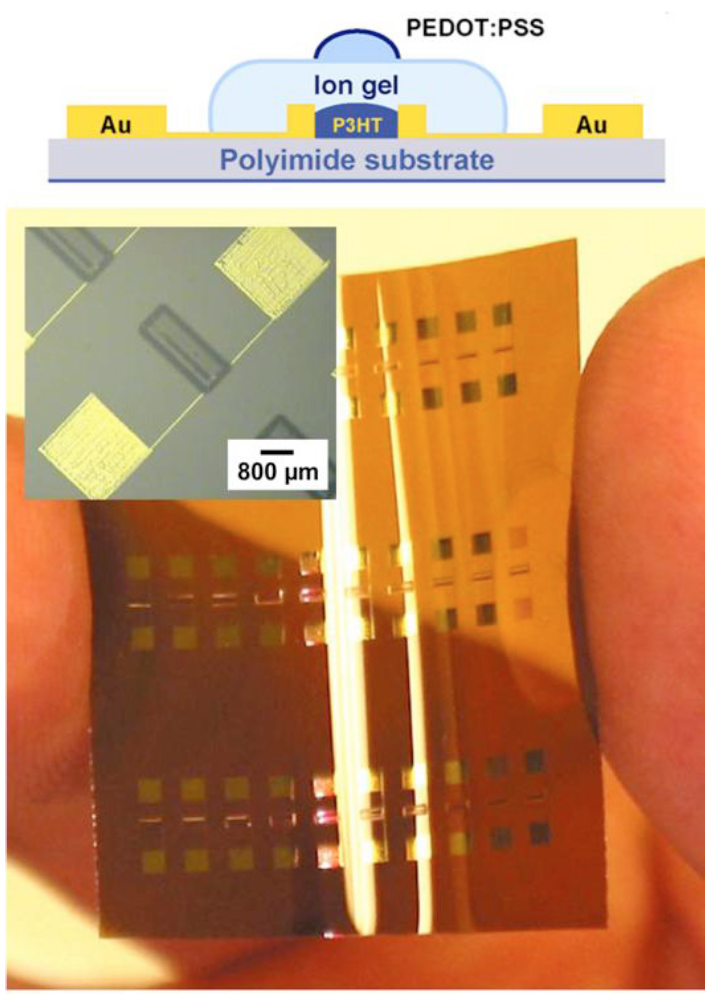Program Highlights for year 2008
The Ismagilov and Mrksich groups at the University of Chicago MRSEC have recently established that a microfluidic system utilized in conjunction with surface immobilization chemistries can be used to pattern surfaces with well-defined gradients of adhesion molecules for the attachment of cells.
The annual 3-day program is held in late January to showcase the materials research capabilities of UCSB.
While electronics have become much smaller and more powerful, an elusive goal has been to "print" these tiny devices rapidly over very large areas.While electronics have become much smaller and more powerful, an elusive goal has been to "print" thes
The Princeton Center for Complex Materials has run a highly successful Research Experience for Undergraduates (REU) program for over a decade.
In a collaboration with an industrial manufacturer of aerosol jet printers (Optomec, Inc.), Lodge, Frisbie, and their students have demonstrated successful low voltage operation of an array of ion-gel gated OFETs printed on flexible polyimide substrates. Every component of the OFETs was printed--the metal electrodes (gold colloidal ink), the semiconductor (poly(3-hexylthiophene), and the gate insulator (the new ion gel material).
Pages

